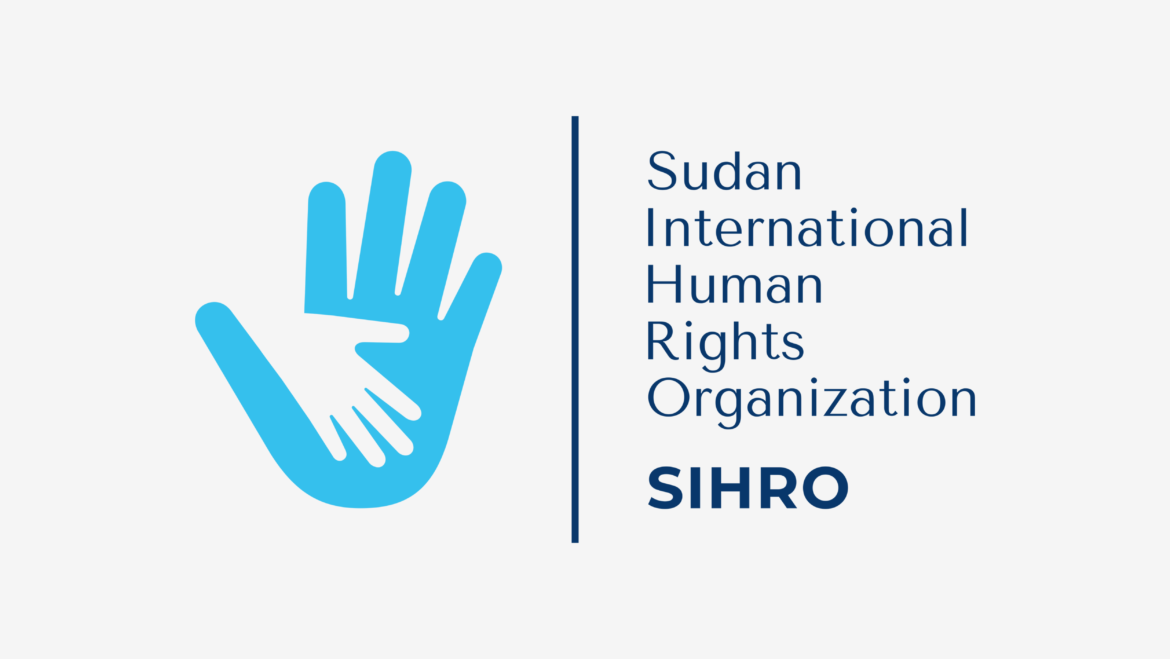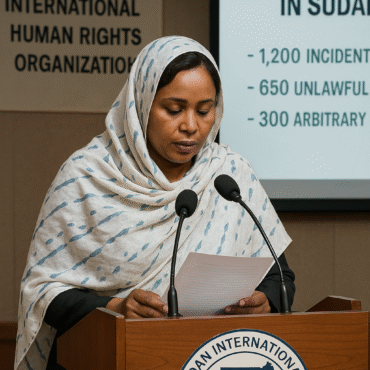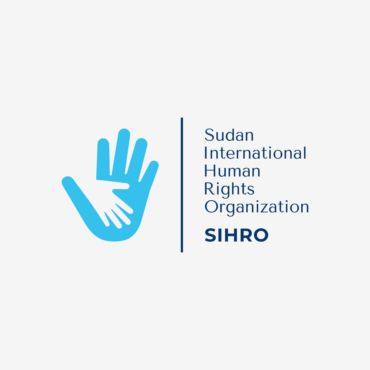Nutritional Challenges and Economic Barriers: Assessing the Cost of a Healthy Diet for Sudanese Refugees in Neighboring Countries – Comparative Analysis Report
Introduction
The Horn of Africa and its adjacent areas have been experiencing considerable socio-political turmoil, leading to significant humanitarian challenges and the displacement of large populations. Sudan has been particularly affected, with ongoing conflicts driving over 1.2 million Sudanese to seek refuge in neighboring countries, including Egypt, Ethiopia, Eritrea, South Sudan, and Chad. This report aims to assess the cost of a healthy diet across these nations, focusing on data from 2021 for Sudan and utilizing the most recent available figures for other countries. This comparison seeks to illuminate the economic and nutritional challenges that may confront Sudanese refugees in their host countries.
Background
The escalating conflict in Sudan has precipitated a widespread humanitarian crisis, compelling millions to flee in pursuit of safety and stability. While extending refuge, The neighboring host countries face their own challenges, such as economic instability, which can profoundly influence living costs and food security. The ‘cost of a healthy diet’ is a vital measure of how affordable and accessible nutritionally adequate foods are, which is crucial for the health and well-being of vulnerable populations, including refugees. This analysis examines the cost of maintaining a healthy diet in Sudan and its neighboring nations, offering insights into the conditions faced by Sudanese refugees and the potential impact on their health and nutrition.
Comparative Analysis
A ‘healthy diet’ provides all the essential nutrients, fiber, and energy in sufficient amounts to maintain health and well-being. It typically includes a balanced intake of fruits, vegetables, legumes, nuts, whole grains, and a moderate amount of animal products, ensuring a diversity of foods to meet the body’s nutritional needs.
In analyzing the cost of a healthy diet for the year 2021 in Sudan and the most recent data available for Egypt, Ethiopia, Eritrea, South Sudan, and Chad, the findings are as follows:
Sudan (2021): The cost was 3.081 PPP dollars per person per day, reflecting the economic pressures and the challenge of accessing nutritious foods amidst ongoing conflicts.
Egypt (2021): With a cost of 3.506 PPP dollars, Egypt presents a higher economic barrier for Sudanese refugees, potentially complicating their access to a balanced and healthy diet.
Ethiopia (2021): At 3.706 PPP dollars, Ethiopia has the highest diet cost among the countries analyzed, indicating significant challenges in food affordability and nutrition security for refugees.
Chad (2021): The lowest cost, at 2.941 PPP dollars, suggests a relatively more favorable condition for food affordability, though this does not necessarily imply better access to quality food or nutritional outcomes.
Conclusion
This comparative analysis underscores the diverse economic and nutritional landscapes that Sudanese refugees face in their host countries. While the cost of a healthy diet is a critical indicator, it is part of a broader spectrum of factors influencing food security and nutritional status. The findings call for a multi-faceted response from humanitarian organizations, governments, and international agencies to address refugees’ and vulnerable populations’ economic and nutritional needs, focusing on ensuring access to affordable, nutritious food and promoting economic stability.




Add Comment